
Spectacular landing and take-offs in high winds
Jan 02, 2018
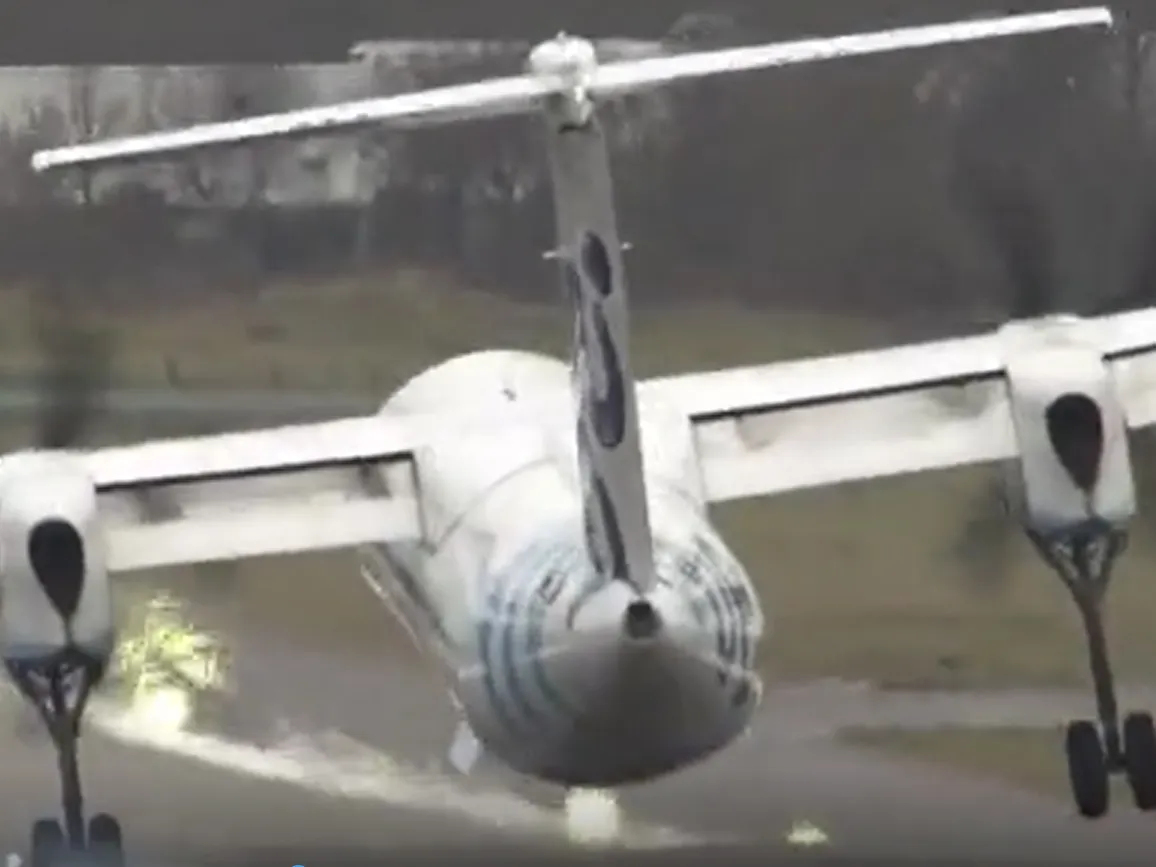
Landing and taking off in high winds is a remarkable display of pilot skill and aircraft engineering. During these maneuvers, pilots must strategically manage the aircraft's approach and descent, using techniques like crab angles and crosswind corrections to maintain stability. The aircraft’s design plays a crucial role, with features that enhance control and responsiveness in turbulent conditions. Ground crews also play an important part, ensuring that runways are clear and that all safety protocols are followed. Despite the challenges posed by gusty winds, successful landings and take-offs showcase the resilience of both pilots and aircraft in the face of nature’s forces.
When it comes to aviation, landing and take-offs in high winds can be a thrilling yet challenging experience. Pilots are trained to navigate these conditions, ensuring safety while also executing spectacular maneuvers. In this article, we will explore the intricacies of landing and taking off in high winds, delving into the techniques, challenges, and the technology that supports these impressive feats.
Understanding Wind Factors
The impact of wind on aircraft performance is significant. High winds can affect various aspects of a flight, including lift, drag, and overall stability. When pilots are preparing for landing or takeoff, they must consider wind speed, direction, and turbulence. Strong crosswinds, for example, can be particularly challenging and require precise control and technique.
Techniques for High Wind Landings
During high wind conditions, pilots utilize specific techniques to ensure a safe landing. Here are some common methods:
| Technique | Description |
|---|---|
| Crab Method | This technique involves angling the aircraft into the wind during approach to compensate for crosswinds. |
| Side Slip | Pilots use this method to maintain control by banking the aircraft into the wind while maintaining a straight path to the runway. |
| Go-Around | If conditions are too challenging, pilots may decide to abort the landing and circle back for another attempt. |
Each of these techniques requires a high level of skill and precision, as even slight miscalculations can lead to dangerous situations. The goal is to align the aircraft with the runway while minimizing the impact of the wind on landing gear.
Take-offs in High Winds
Just as landing poses challenges, so does taking off in strong winds. Pilots must carefully analyze the wind conditions to determine the best strategy for a successful departure. Factors such as runway length, aircraft weight, and wind direction all play crucial roles in the decision-making process.
Key Considerations for Take-Off
During takeoff, pilots must consider the following key aspects:
| Factor | Impact |
|---|---|
| Wind Direction | Headwinds provide additional lift, which can shorten the required takeoff distance. |
| Crosswinds | Can cause the aircraft to drift off the runway centerline, requiring quick adjustments. |
| Runway Conditions | Wet or icy runways can extend takeoff distance and impact control. |
By analyzing these factors, pilots are able to make informed decisions and execute take-offs that may seem effortless to an observer but require extensive training and experience.
The Role of Technology
Modern aviation technology plays a pivotal role in facilitating safe landings and take-offs in high winds. Aircraft are equipped with advanced systems that enhance stability and control. Some of these technologies include:
- Fly-by-Wire Systems: These systems provide precise control of the aircraft's flight surfaces, allowing for quick adjustments in response to changing wind conditions.
- Autoland Systems: Many commercial aircraft are equipped with autoland capabilities that can handle severe weather conditions, enabling safe landings with minimal pilot intervention.
- Weather Radar: This technology helps pilots detect wind shear and turbulence, allowing them to adjust their approach accordingly.
The integration of these technologies not only enhances safety but also allows pilots to perform spectacular landings and take-offs even in challenging conditions.
Training for High Wind Operations
To master the skills required for landing and taking off in high winds, pilots undergo rigorous training. This includes:
- Simulator Training: Flight simulators replicate high wind conditions, allowing pilots to practice techniques without the risks associated with real-life scenarios.
- Flight Experience: Actual flight time in various weather conditions is essential for building the necessary skills and confidence.
- Continuous Education: Pilots must stay updated on the latest techniques, regulations, and technologies to ensure their proficiency.
This comprehensive training ensures that pilots are well-equipped to handle high winds, ultimately leading to safer flights and more spectacular landings and take-offs.
Conclusion
Landing and taking off in high winds is a complex dance of skill, technology, and training. The ability to navigate these challenging conditions reflects the professionalism and expertise of pilots. As technology continues to advance, the aviation industry will only improve its safety and performance standards, making high wind operations even more manageable. By understanding the techniques involved and the role of technology, we can appreciate the spectacular nature of aviation in high winds, ensuring that every flight is both safe and impressive.
Related Articles

Wreck hunter talks exclusively about likely MH370 debris find
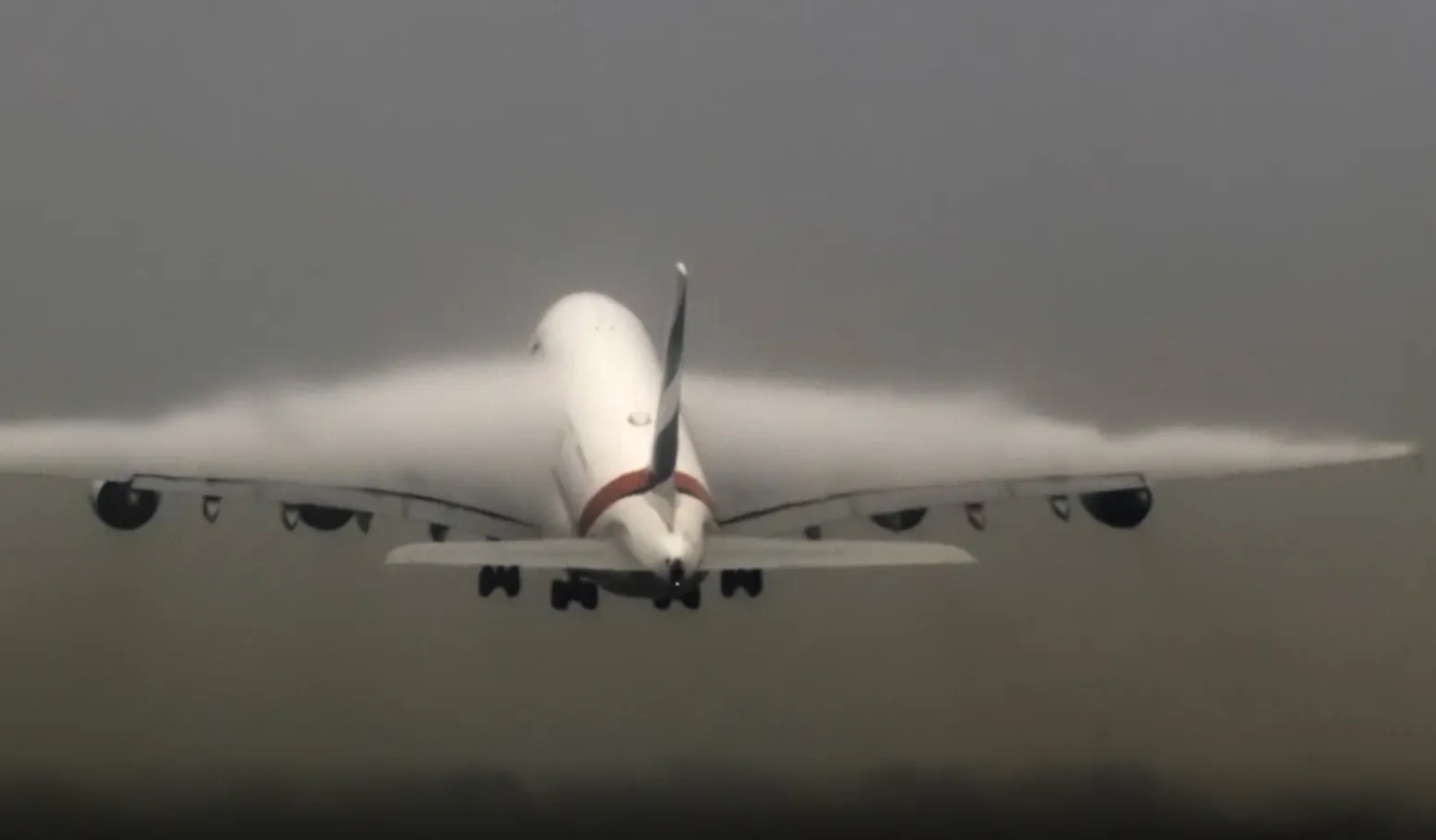
Wing clouds make for stunning video
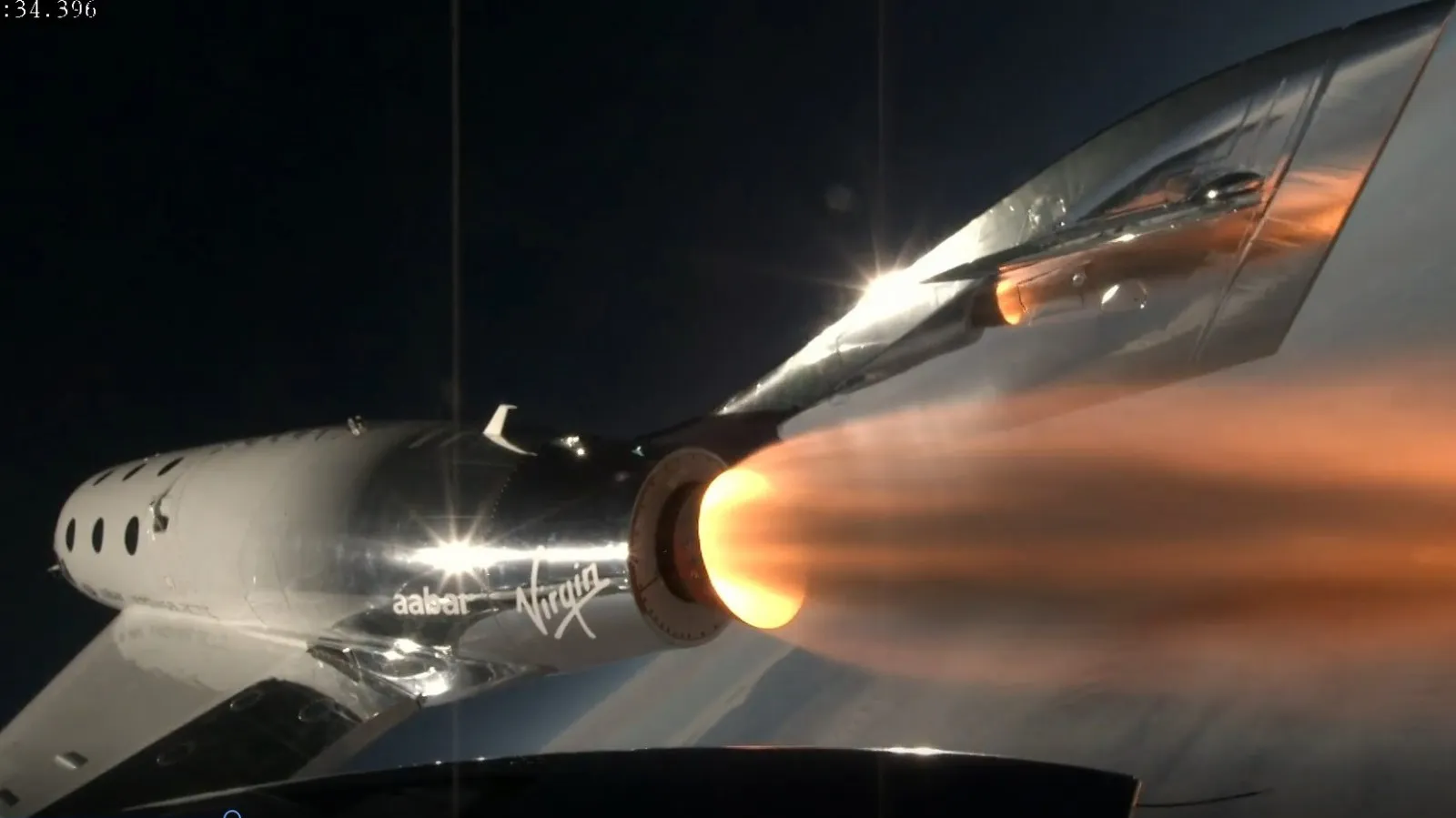
Virgin Galactic fires up
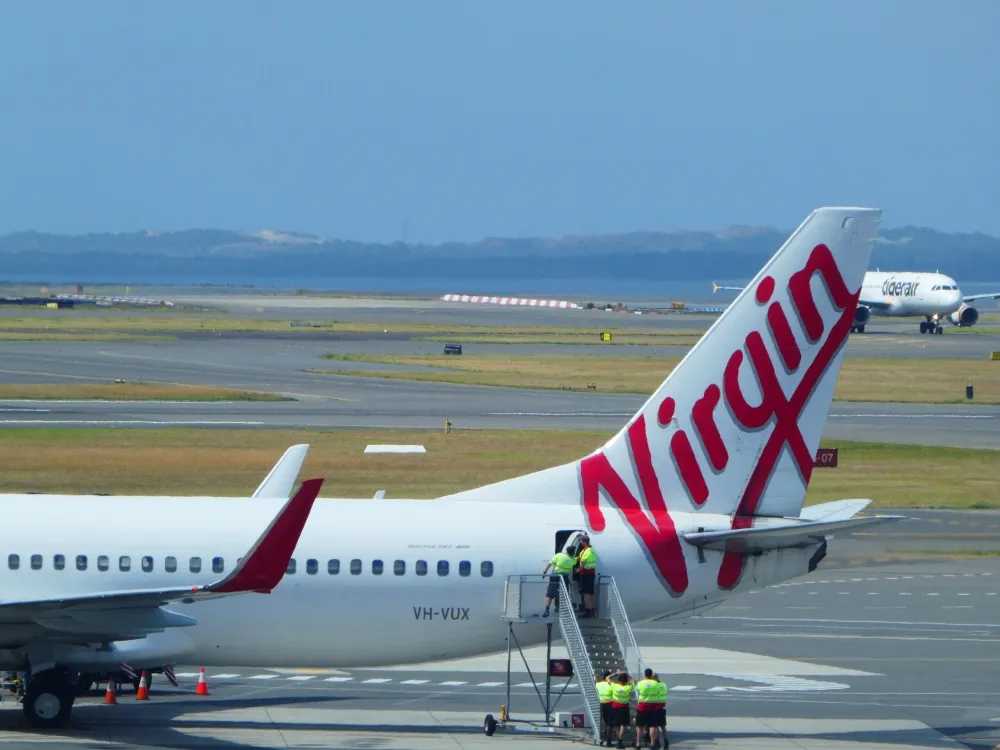
Virgin Australia's volcanic ash assessment process
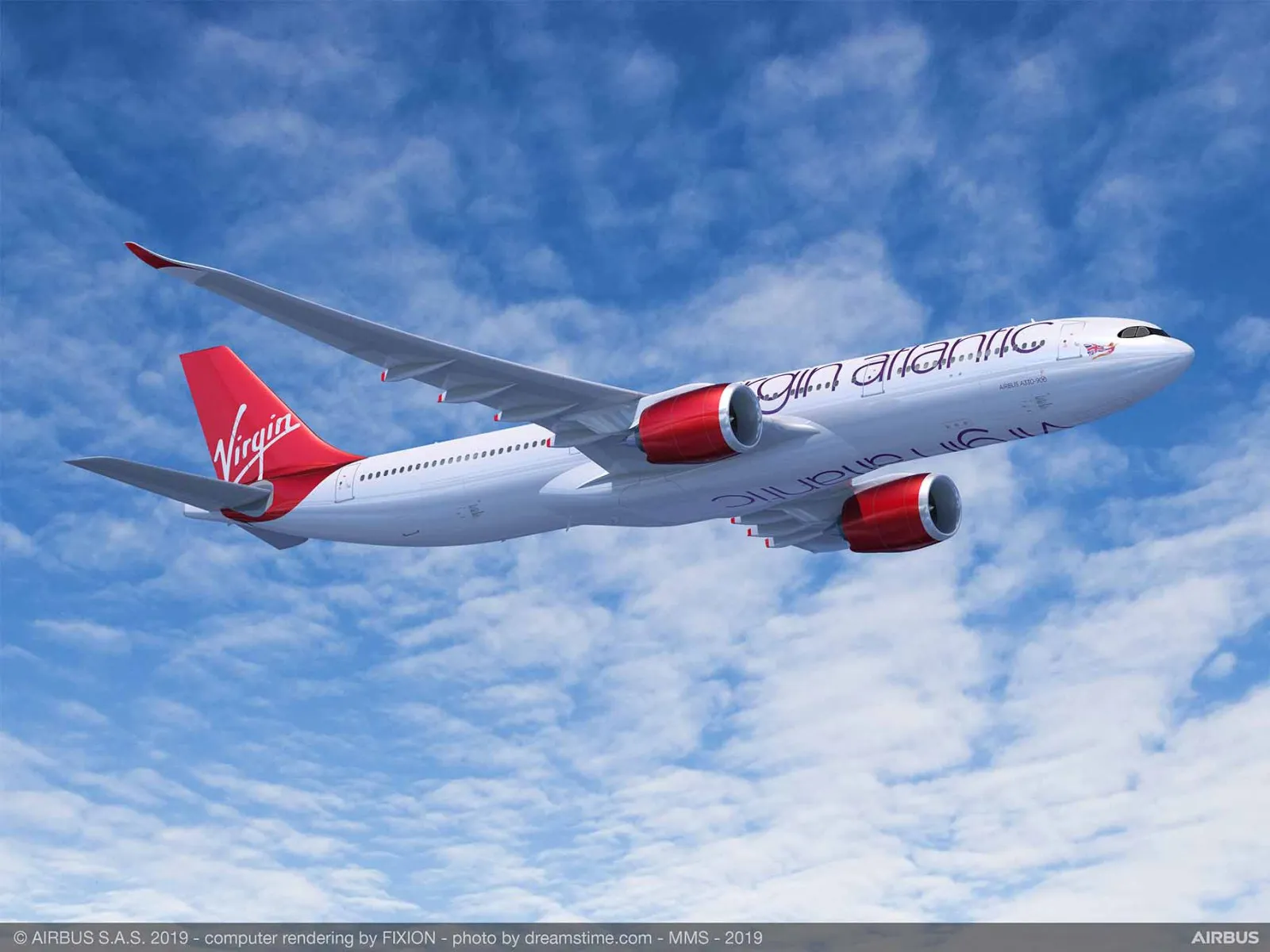
Virgin Atlantic orders A330-900 to renew fleet.
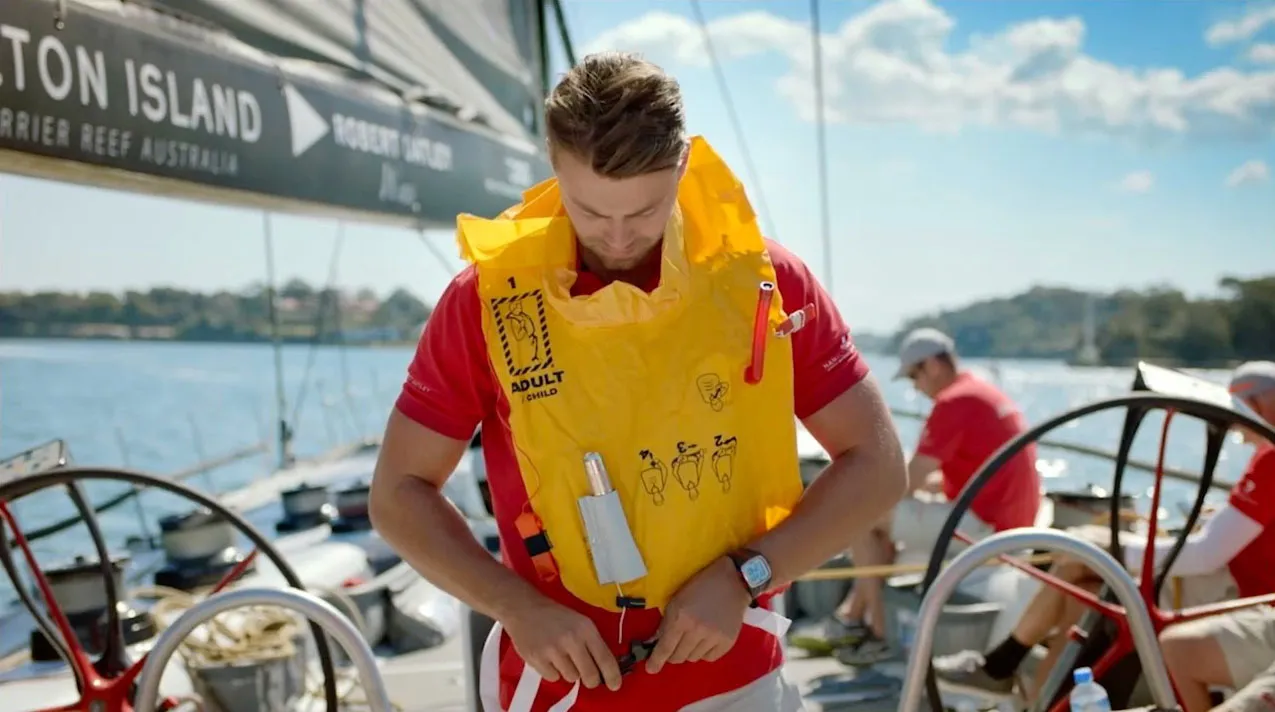
Superb new Qantas safety video

Stunning Boeing 737 VIP interior video
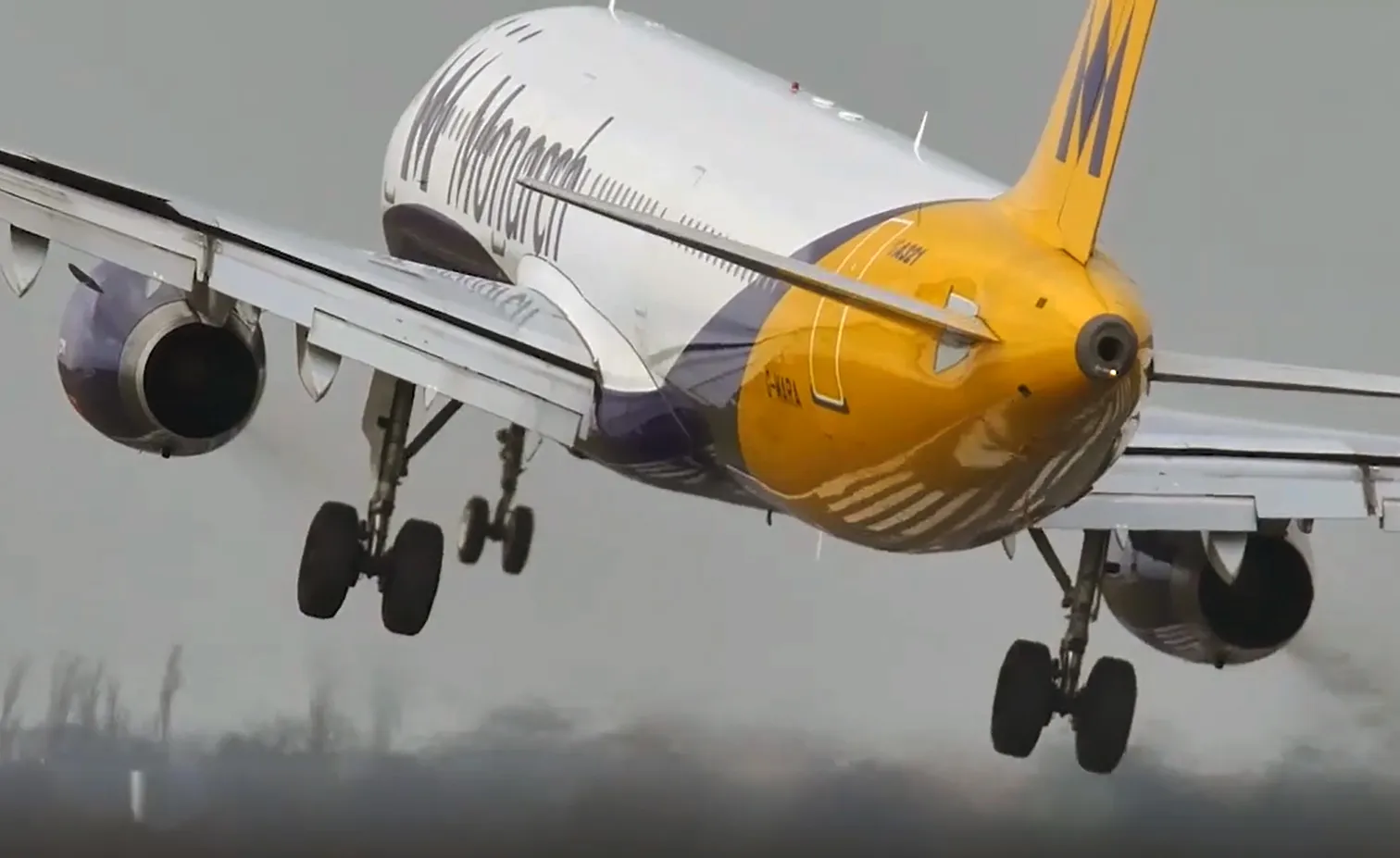
Spectacular crosswind landings at Birmingham

Slipping into LAX at sunrise on a Boeing 777

Shall we land, shall we not
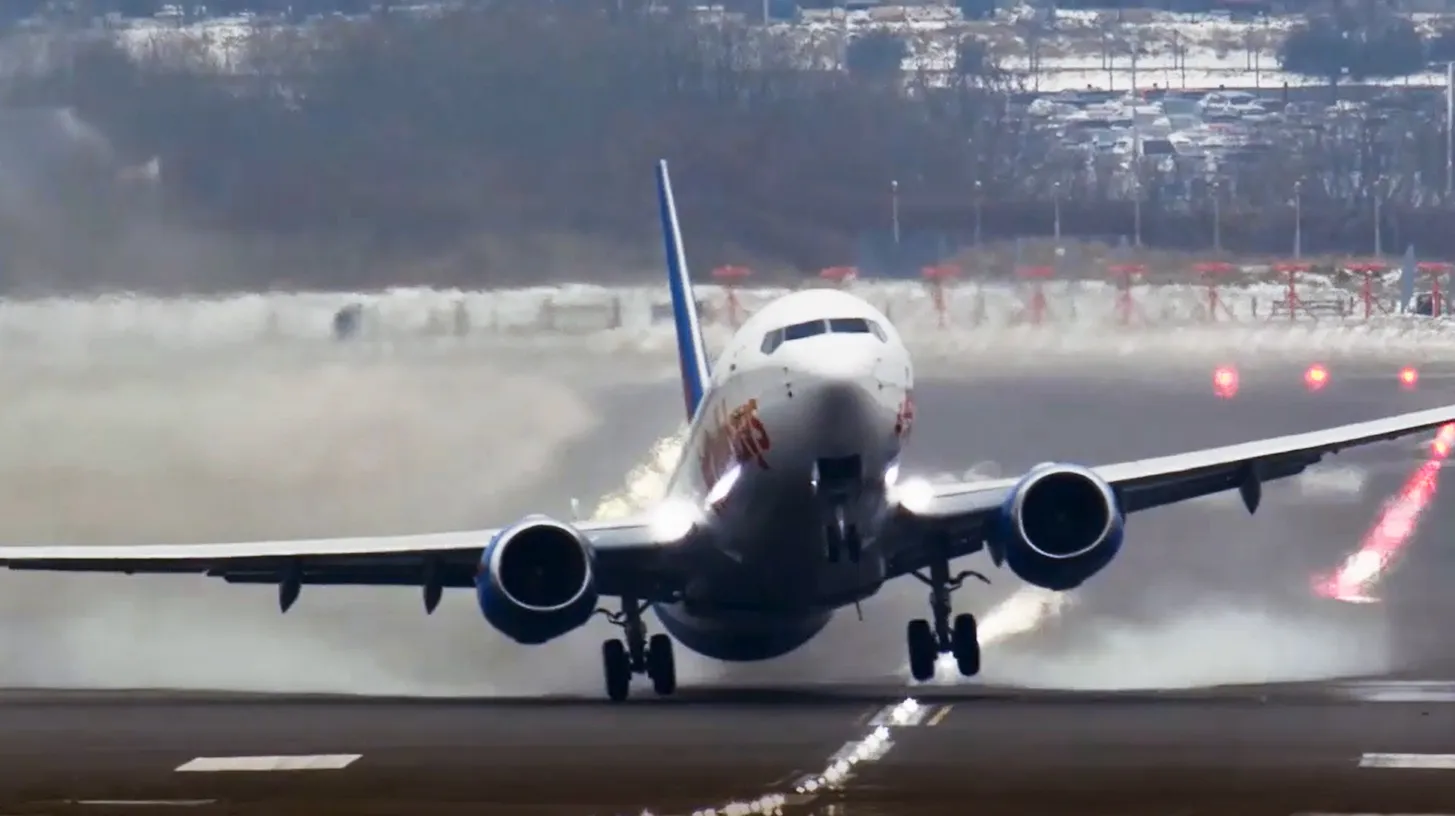
Scary take-off?
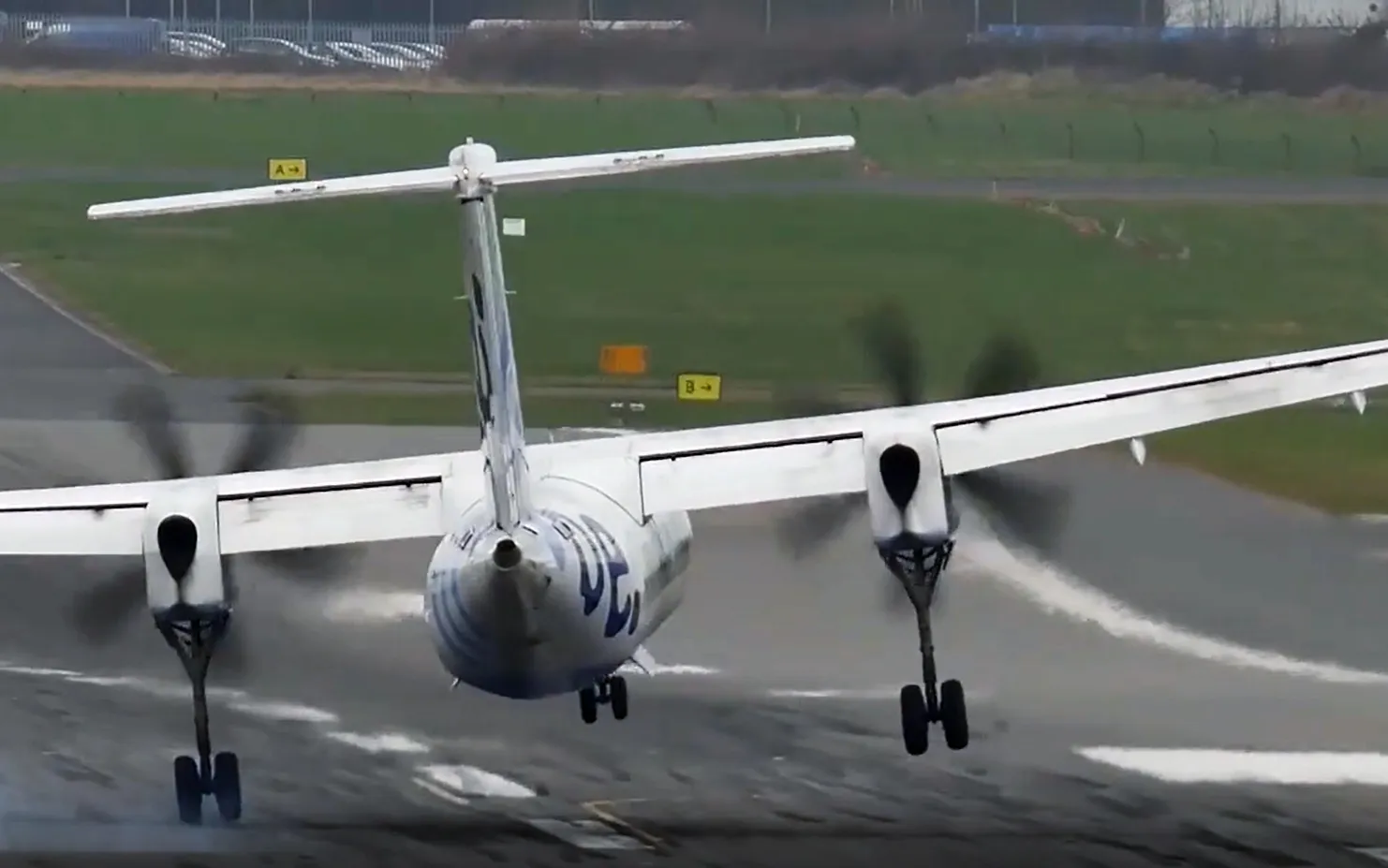
Reach for the sick bag!
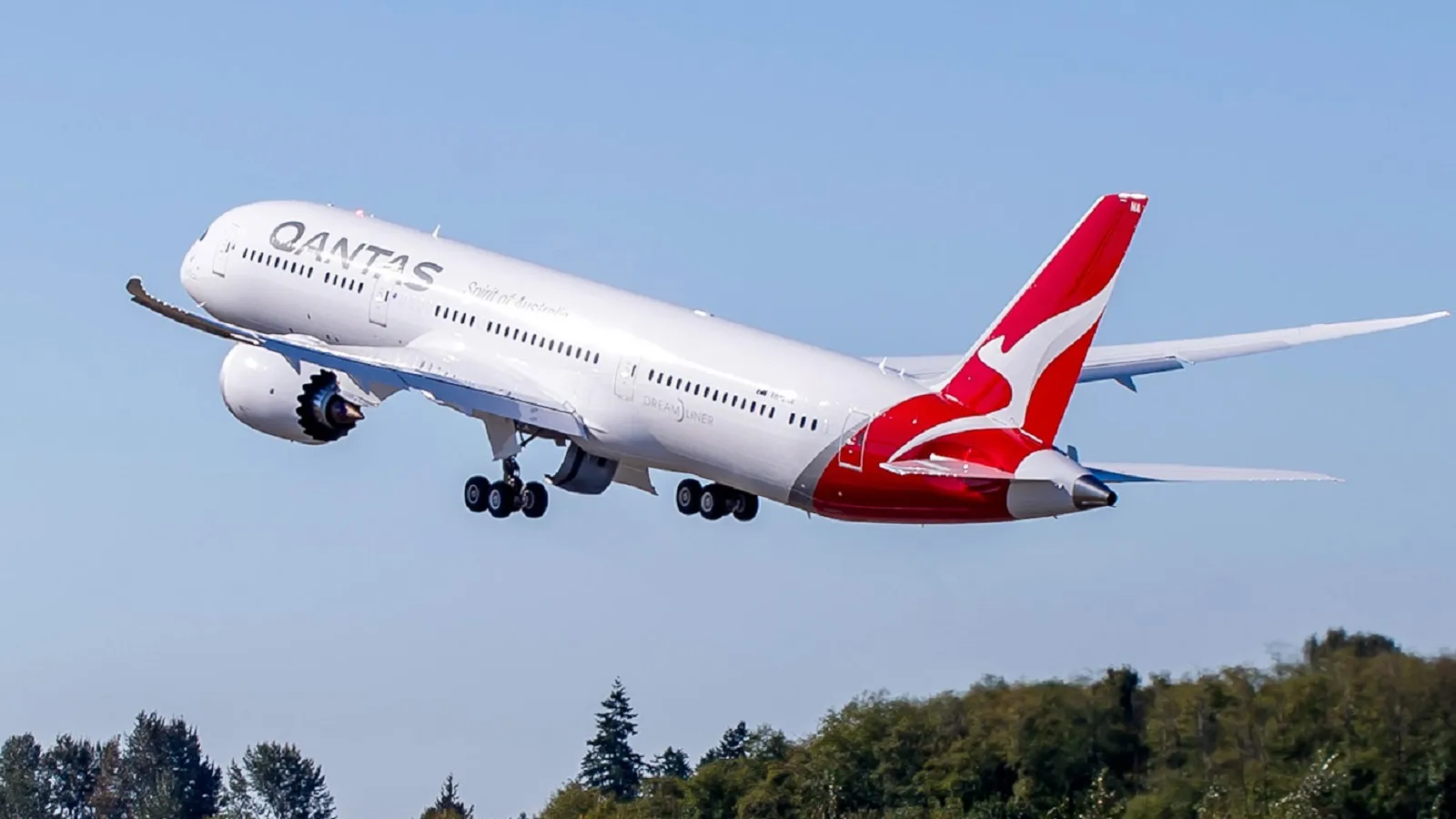
Qantas Boeing 787-9 takeoff
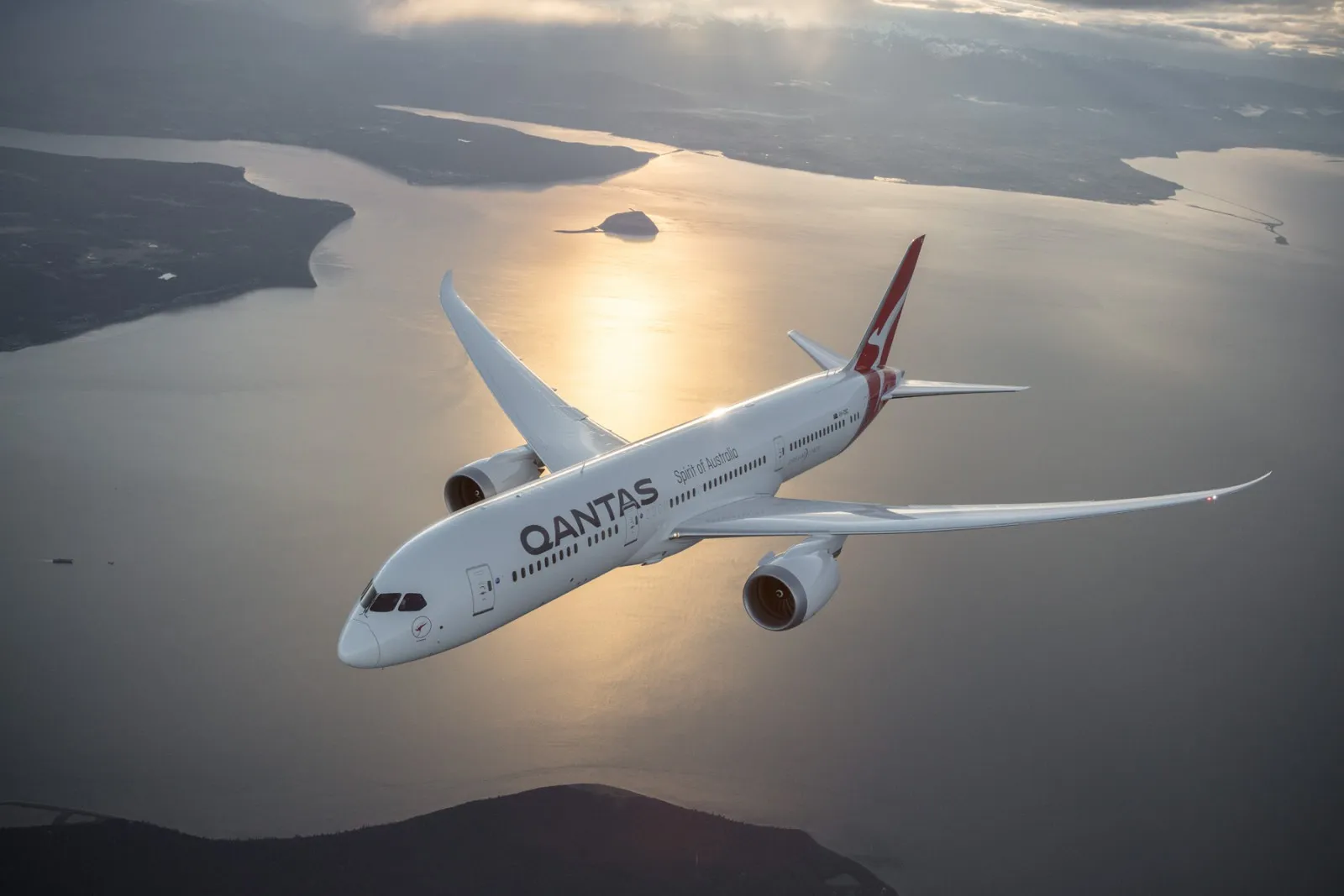
Qantas' Boeing 787 Quokka
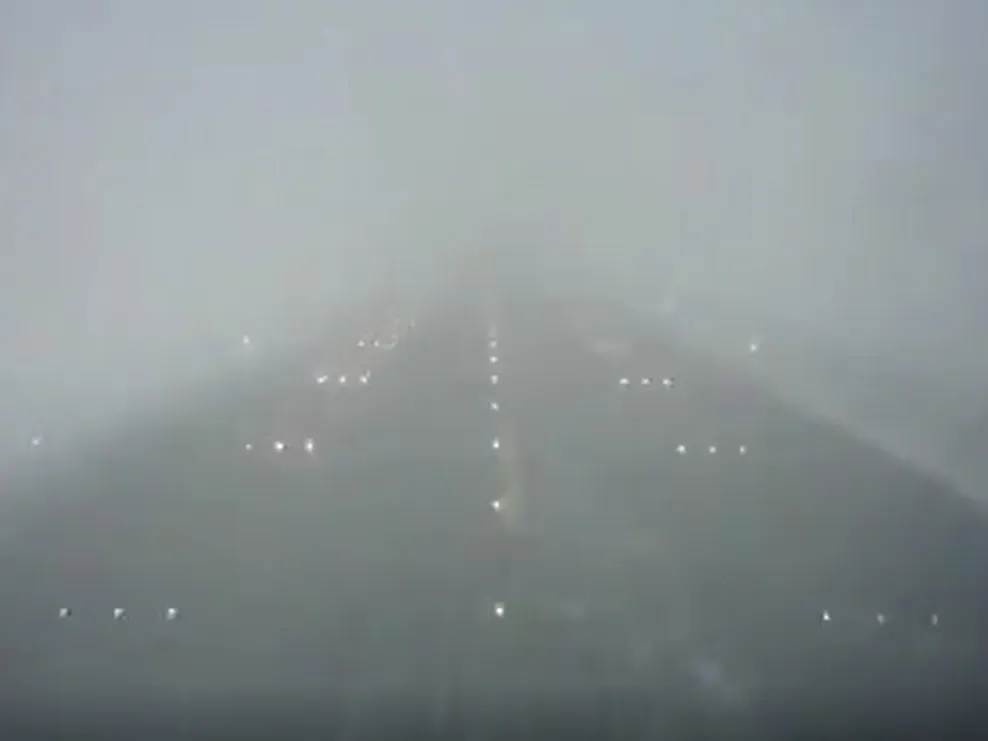
Low visibility CAT 111a landing
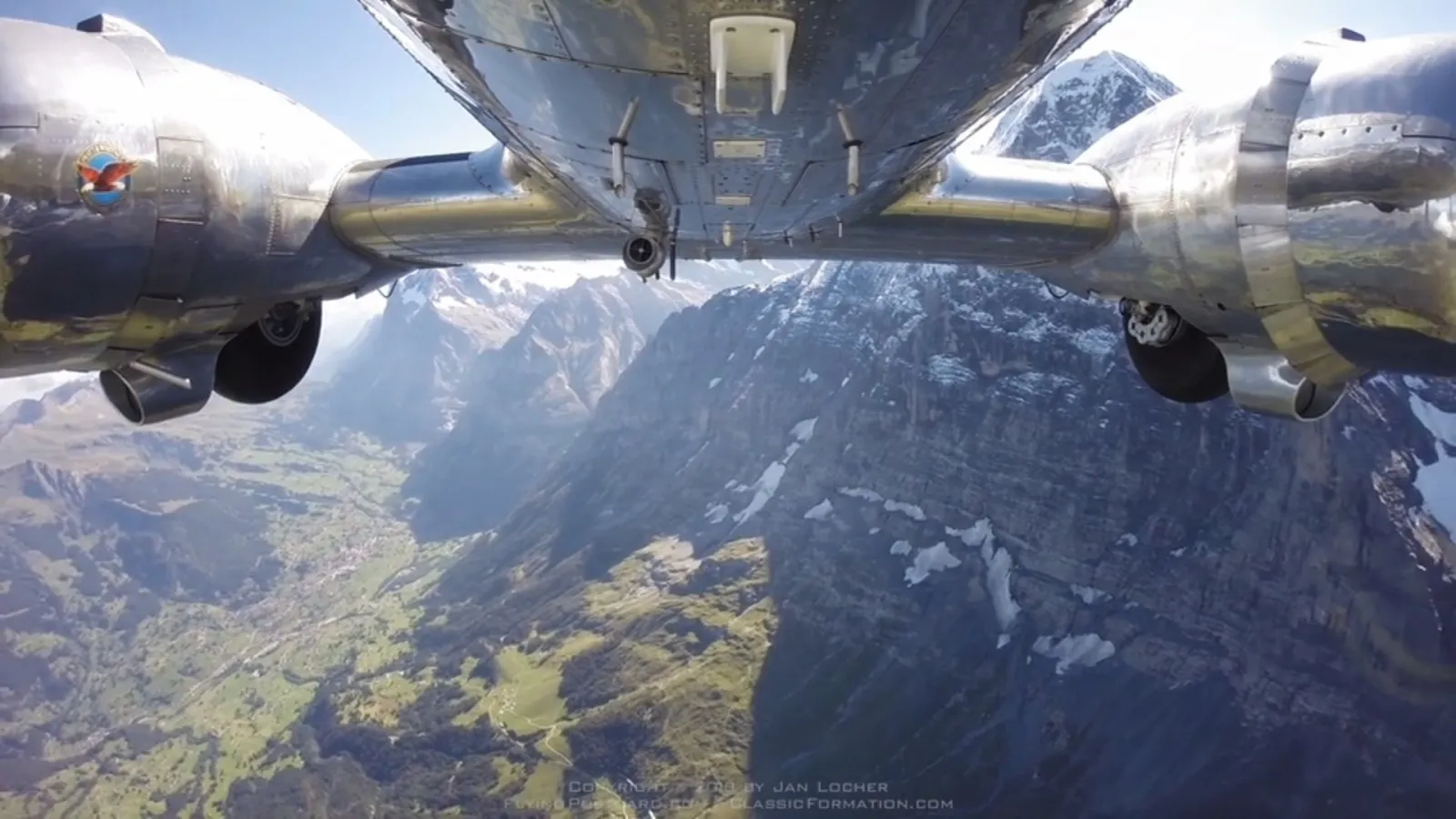
Love Switzerland and the DC-3? Then you will love this!
